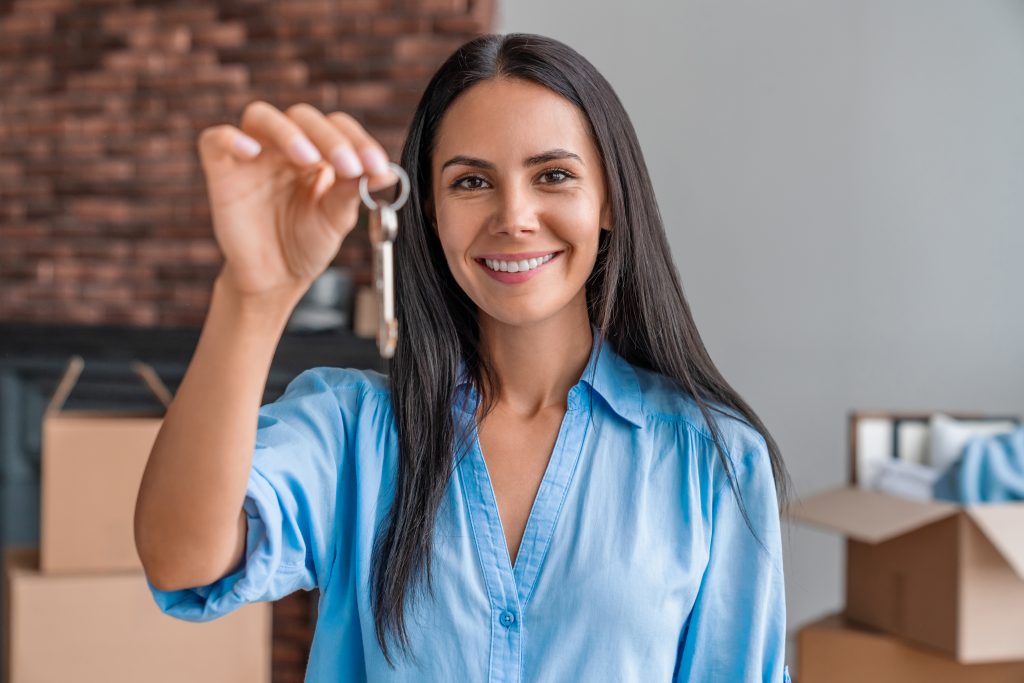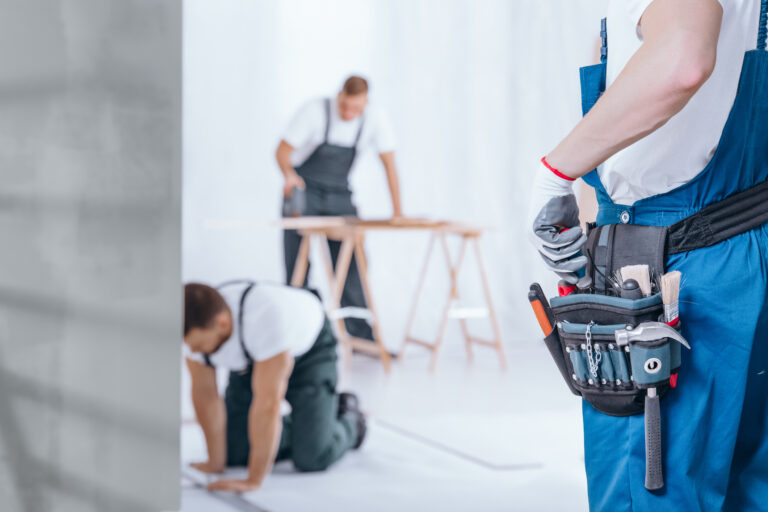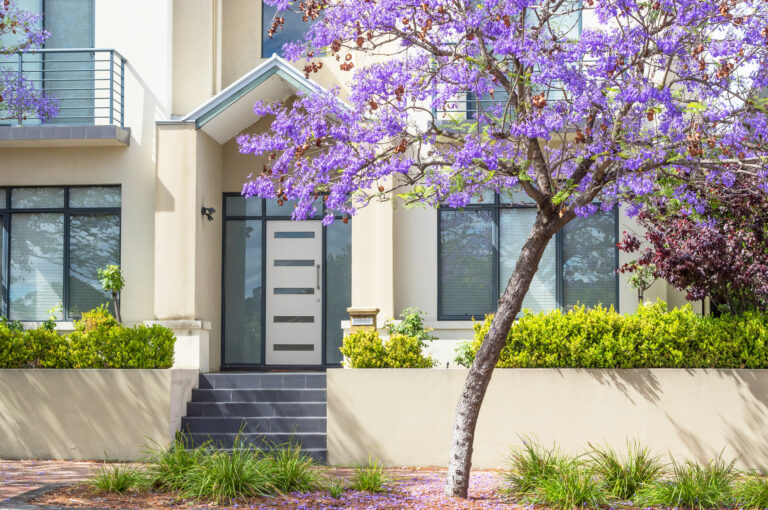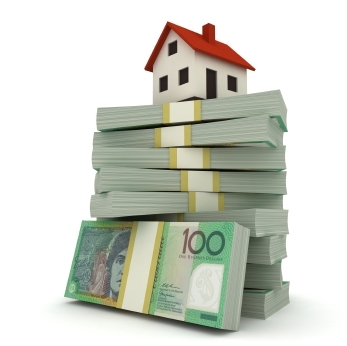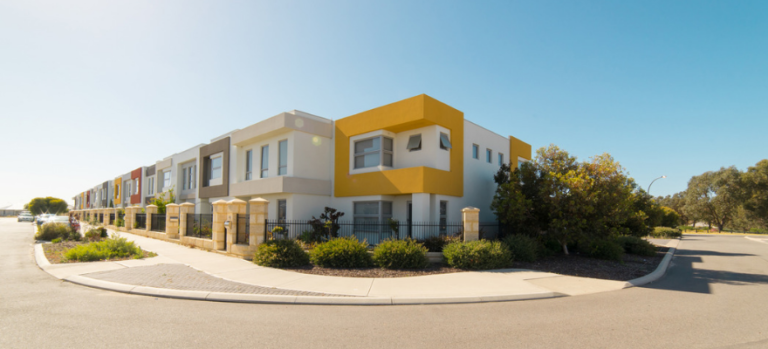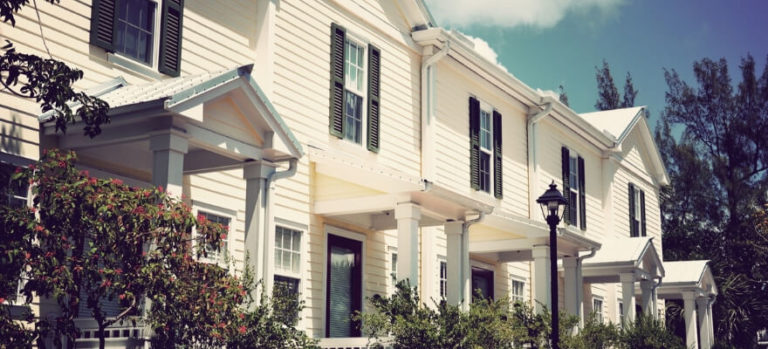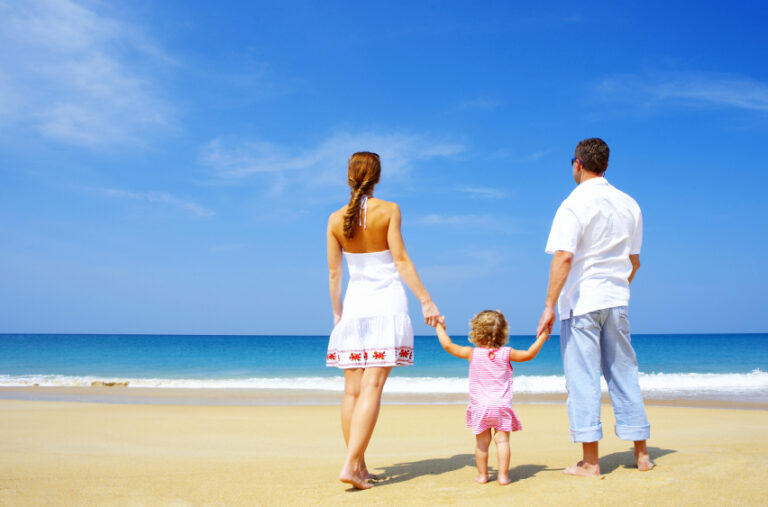As of April 29, there have been 6,738 confirmed COVID-19 cases including 88 deaths in Australia. These numbers are expected to increase significantly in the coming weeks unless people stay indoors.
As social distancing becomes the norm, populated areas including apartments and other communal buildings pose the potential risk of a community spread. Just one infected tenant can lead to hundreds of new infections in less than a week.
Whether you’re a landlord or a building owner, here’s everything you need to know about preparedness and tenant safety during this global pandemic.
For shared living spaces
A clean, sanitised building will help reduce the transmission of COVID-19. Regularly disinfect walls, communal surfaces, lobby door handles, and elevator buttons using powerful cleaning materials. If possible, all employees, and not just the maintenance staff, should be equipped with cleaning tools to ensure all communal areas are continually disinfected.
Tenants should keep a safe distance from each other and avoid being in contact with high-touch surfaces outside their own unit. Sanitisers and disinfectants must be strategically placed in communal areas for everyone to use. Encouraging everyone to wear protective masks and shields also reduces the risk of infection.
Keep tenants well-informed of the latest updates on the situation. Best hygiene practices from local health authorities should be relayed. It also pays to prepare a protocol in case someone becomes infected. Notices should be posted at visible areas including building entrances, elevators, and bulletin boards.
If there is a presumed or confirmed patient on your property, inform your local public health authorities immediately. Respect people’s privacy and avoid identifying by name anyone who has been infected. At this point, authorities could recommend a building lockdown. They may also conduct an investigation of other tenants who have come into contact with the infected person.
Having a financial recovery plan ensures your business survives this global pandemic. Carefully assess your revenue and expenses and project your finances in the next six months. Communicate with your bankers and financiers regularly and be transparent about cash flow issues. Similarly, make sure to keep in touch with your tenants and be flexible with due dates. Right now, honesty is the key to keeping any business afloat.
For unoccupied premises
During temporary closure, remember to turn off all electrical equipment and remove all plugs from sockets including electrical systems isolated at the main fuse board. Critical security fixtures including fire alarms, intruder alerts, and sprinkler installations can remain plugged and functional.
Turn off water supplies and drain down water systems if necessary. Ensure waste bins are emptied and fire doors are securely closed. Ideally, you should inspect unoccupied property once a week, but with travel bans in place, just make sure to visit your property as soon as restrictions are lifted.
Review your insurance coverage and lease agreements to help you plan your expenses accordingly. Don’t forget to make necessary updates to your property’s risk assessments in light of the temporary closure. Think about how any reduced maintenance service could cause additional expenses or safety risks.
As the pandemic strikes more people every day, property owners must exercise extreme measures, even if these might cause inconvenience to tenants’ daily lives. When it comes to preparedness, it’s better to stay proactive and cautious than risk the entire community’s health and safety.
